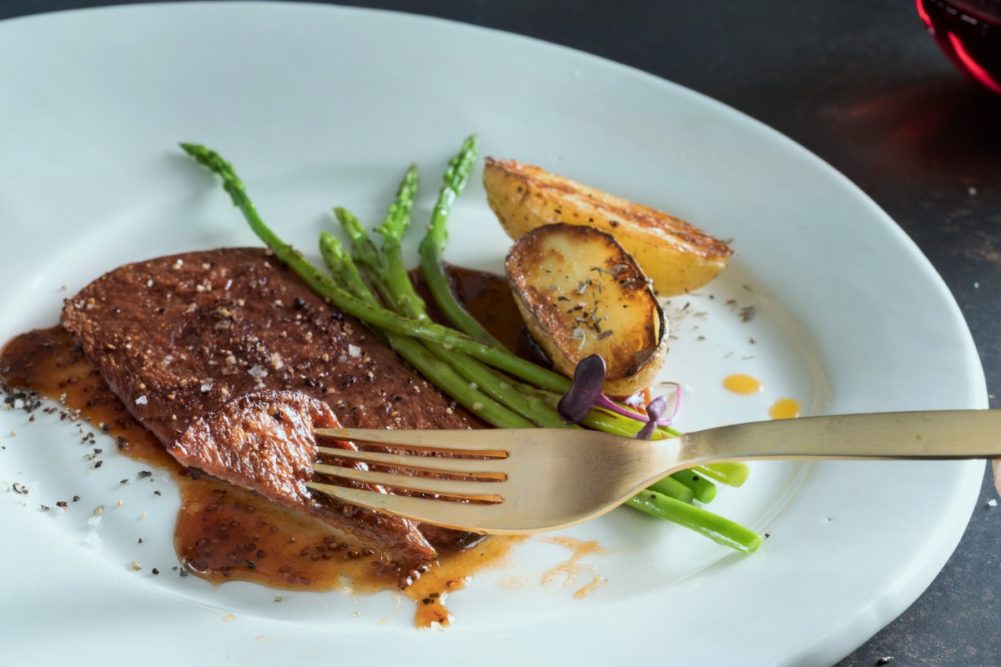REHOVOT, ISRAEL – Aleph Farms Ltd. will introduce the prototype of its new cultivated meat product designed for commercial production at the Asia-Pacific Agri-Food Innovation Summit on Nov. 20 in Singapore. The thin-cut beef steak will be shown as a part of a virtual cooking demonstration.
The company has been working to adapt its product to make it more economically viable in large-scale production. Aleph is transitioning its commercial products to a pilot plant, BioFarm. The pilot launch is planned for the end of 2022.
“One of the big challenges of cultivated meat is the ability to produce large quantities efficiently at a cost that can compete with conventional meat industry pricing, without compromising on quality,” said Didier Toubia, co-founder and chief executive officer of Aleph Farms. “We have developed five technological building blocks unique to Aleph Farms that are put into a large-scale production process, all patented by the company.”
Aleph Farms’ method for cultivating steaks mirrors the natural tissue regeneration processes that occur in the animal’s body, the company said. The process uses fewer resources required for raising an entire animal for meat and does not require antibiotics.
“To successfully grow whole pieces of meat, compared to minced meat product, the company mimics the extra-cellular matrix found in animals with a plant-based matrix that enables the cells to grow and form structured tissues of meat,” the company said. “Its ‘cell-banks’ yield an unlimited source of pluripotent, non-GMO ‘cow cells’ for growing large quantities of meat without the dependency on living animals.”
The company said it has perfected the structure of its product so that it contains the familiar texture, taste, cooking behavior, as well nutritional qualities of conventional steaks.
“Aleph Farms is establishing a new category of meat, imbued with its own culture and a new world of meaty experiences,” said Amir Ilan, chef for Aleph Farms.
Toubia added, “It’s not enough to just make a protein that will fill the nutritional gap; we need to capture the fullness of the meat-eating experience. Meat can be cultivated from cells isolated from different animal breeds, have different cuts, and it elicits different emotions.”




